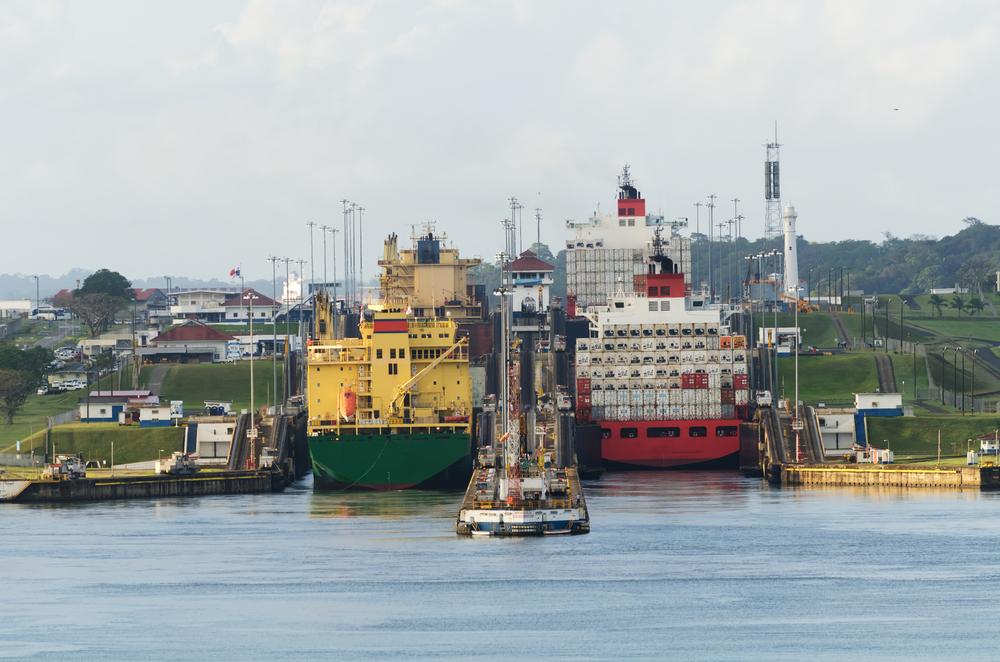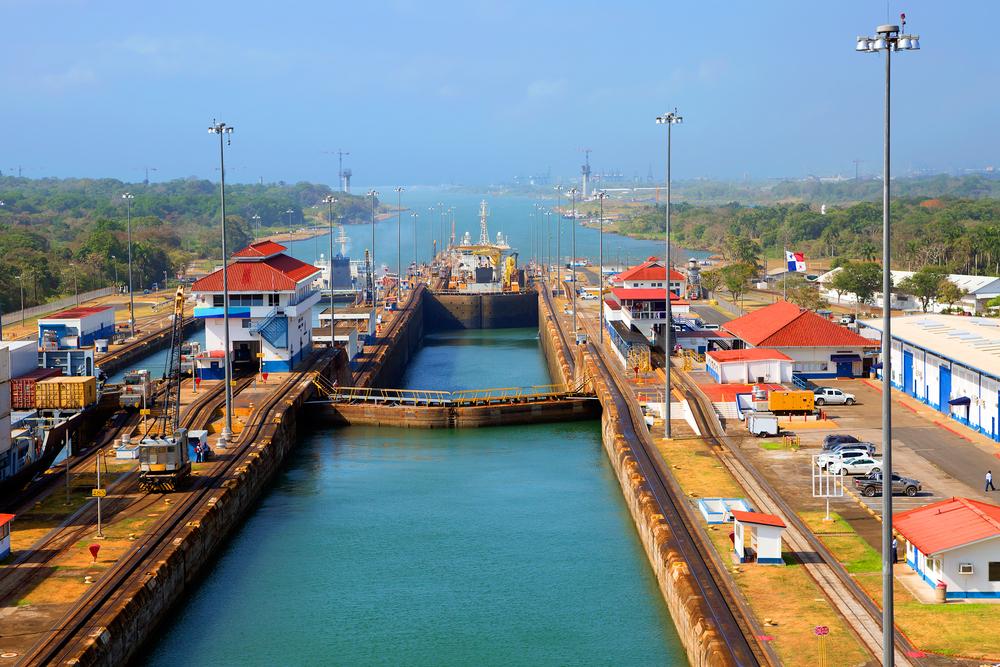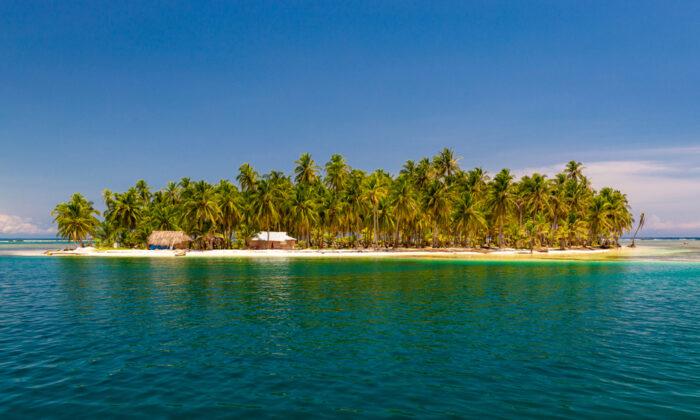Everyone knows the canal, but Panama, the diminutive land bridge of a country, doesn’t seem to get the attention it’s due. Did you know Panama stretches east-west and that the northern entrance to the Panama Canal from the Atlantic Ocean is actually farther west than where it meets the Pacific to the south? I lived there for a year while teaching English at a couple of universities, and I found a boatload of natural sites to frequent. The short driving distances meant I could see more in less time. Tourism has come a long way since my time in Panama—the secret is out of the bag—but that has only made travel there all the easier. Here are just a few of my personal favorite destinations and activities.
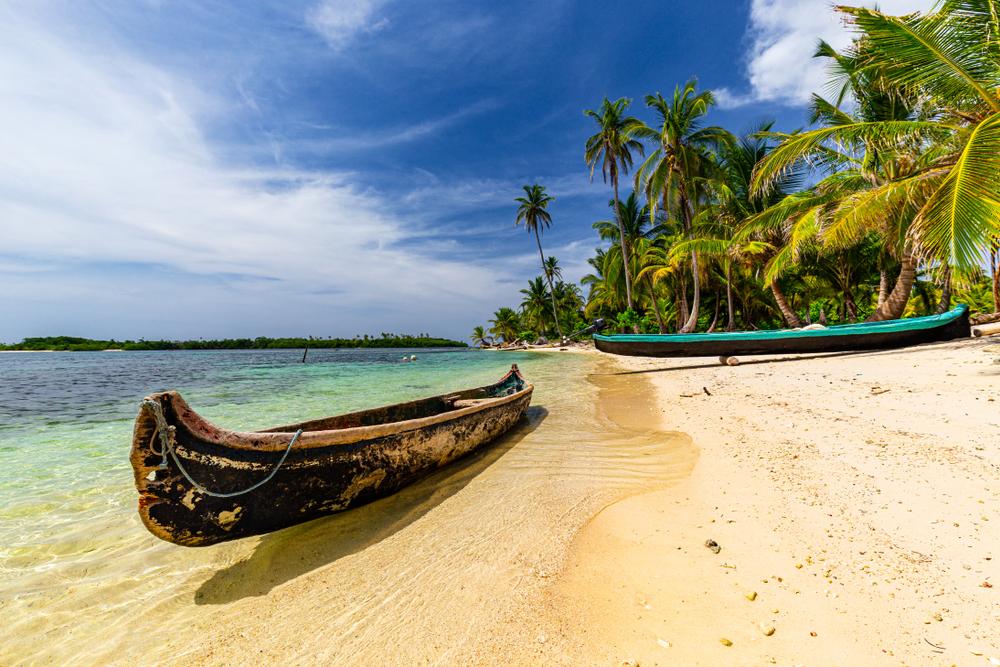
Guna Yala (San Blas Islands)
The custodian at my apartment complex was a member of the Guna (Kuna), an indigenous people of Panama, and I offered him English lessons in exchange for some chats about his native language. On his recommendation, I ventured out to their islands along the northeast Atlantic coast for a homestay experience. We took a van to the beach and boarded a speedboat, slipping through gently rolling yet mirror-like waters to an island near sunrise. We spent two nights in a cabana on one of the 350-plus islands in their archipelago.On our first full day, we hired a boat to drop us off on an isle small enough that I could stand on one side and throw a baseball into the water on the other. There was just a spot of sand with a thick patch of palm trees and foliage in the middle. We had a picnic and snorkeled the day away. If you prefer a bit more activity, take an excursion to the Guna coastline, where the forests are pristine for hiking.
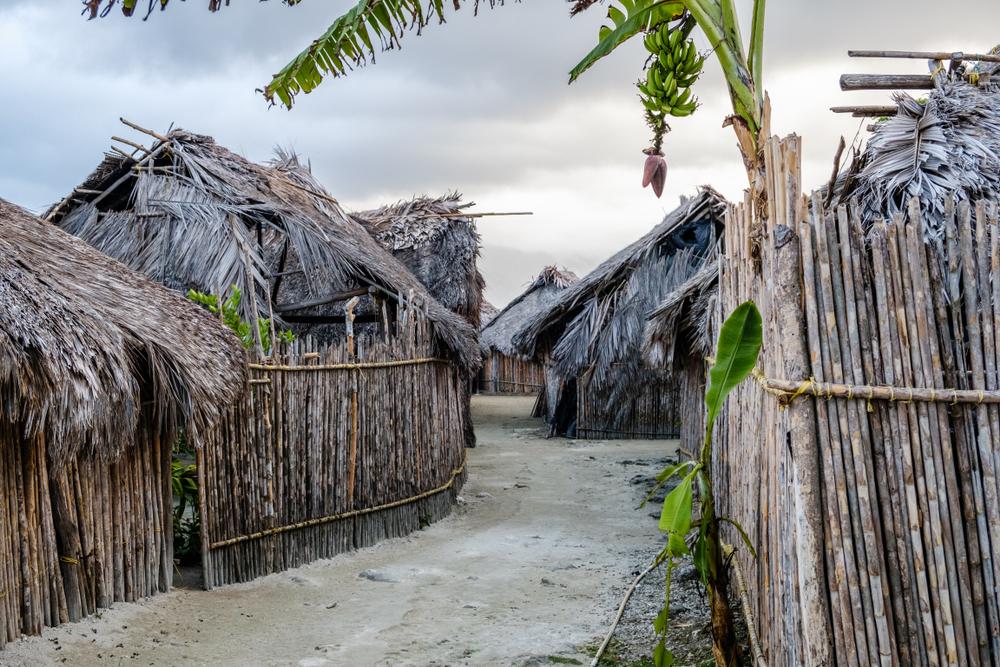
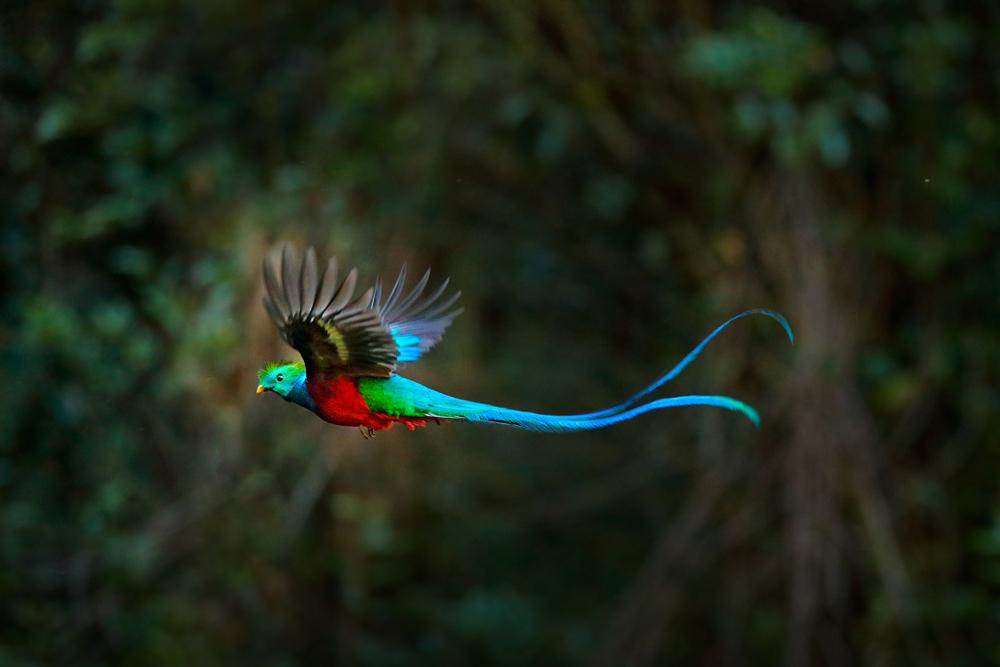
Birdwatching
Panama is positioned well for migrations, and its coastlines and rich forests are filled with resident species. More than 1,000 species have been spotted here, 11 of them endemic and 16 others globally threatened. You can even find the resplendent quetzal, a rare long-tailed beauty most might associate with Guatemala. Take a birding tour to the Boquete Highlands or the Fortuna Forest Reserve cloud forests for the latter. Another UNESCO World Heritage Site, shared with Costa Rica next door, is La Amistad International Park, considered one of the most bio-diverse areas in Central America. Perfect for hiking, the trails pass through untouched rainforest, and alongside 400 bird species, you may find 100 varieties of mammals as well.The Panama Canal is a big attraction, and visitors come to the locks to watch the big ships pass. But in the middle of the canal’s course is Gatun Lake. Here you can find Barro Colorado Island, a rich preserve of tropical forest that draws scientists from all over the world with its more than 500 species each of trees and butterflies and 400 types of birds. When available, professionally guided day tours run by the Smithsonian—yes, that Smithsonian—depart from Gamboa, a lakeside town half an hour’s drive outside of Panama City.
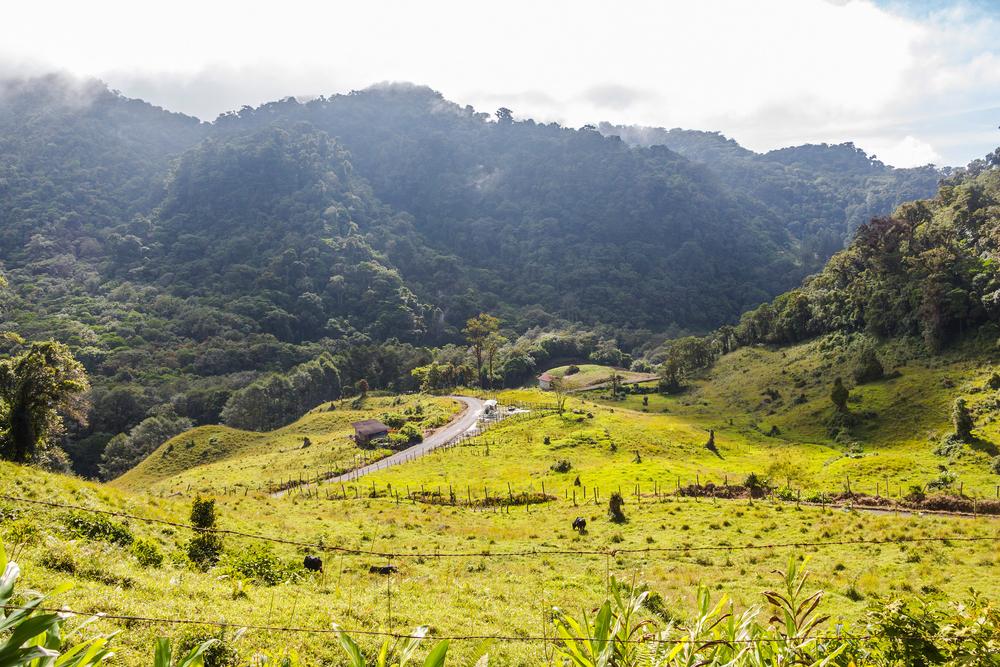
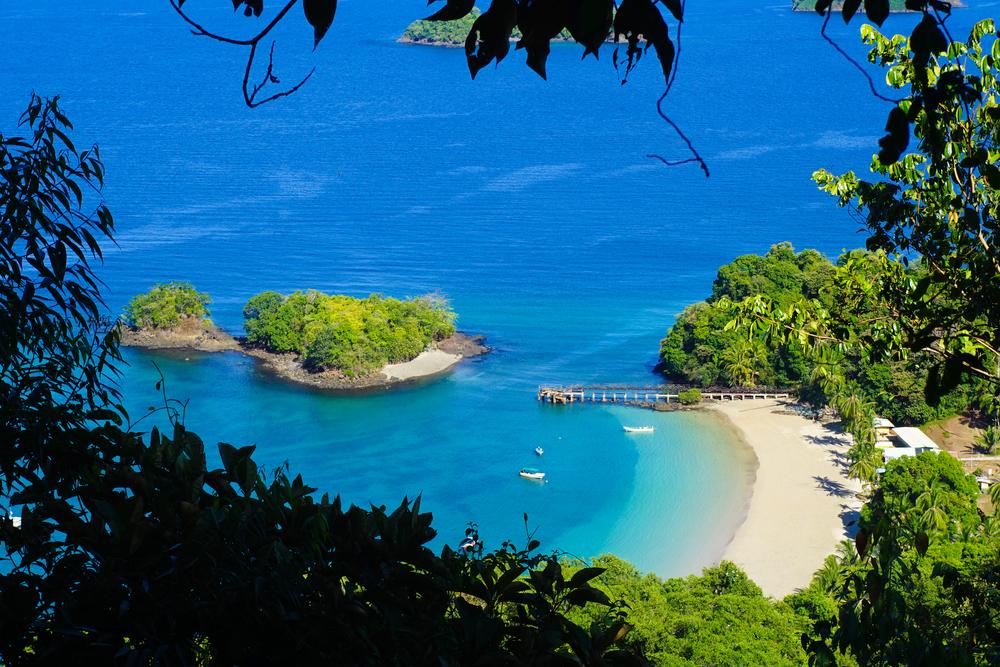
Coiba
Off the Pacific coast is Coiba Island, which once was home to a penal colony. Needless to say, the presence of prisoners kept people away for many years, and had the unintended effect of preserving much of the natural beauty and wildlife. Today, the island—and 37 others—are protected along with their surrounding waters as Coiba National Park. In 2005, this park was also listed as a UNESCO World Heritage Site. Isla Coiba is only a 15-minute boat ride from the mainland, but entry requires a prearranged permit, and the only overnight stays are in basic cabins at the ranger station or camping with organized tour companies. Snorkeling and scuba diving are recommended, and you may see abundant marine life among the marine preserve’s reefs, including dolphins and even whale sharks.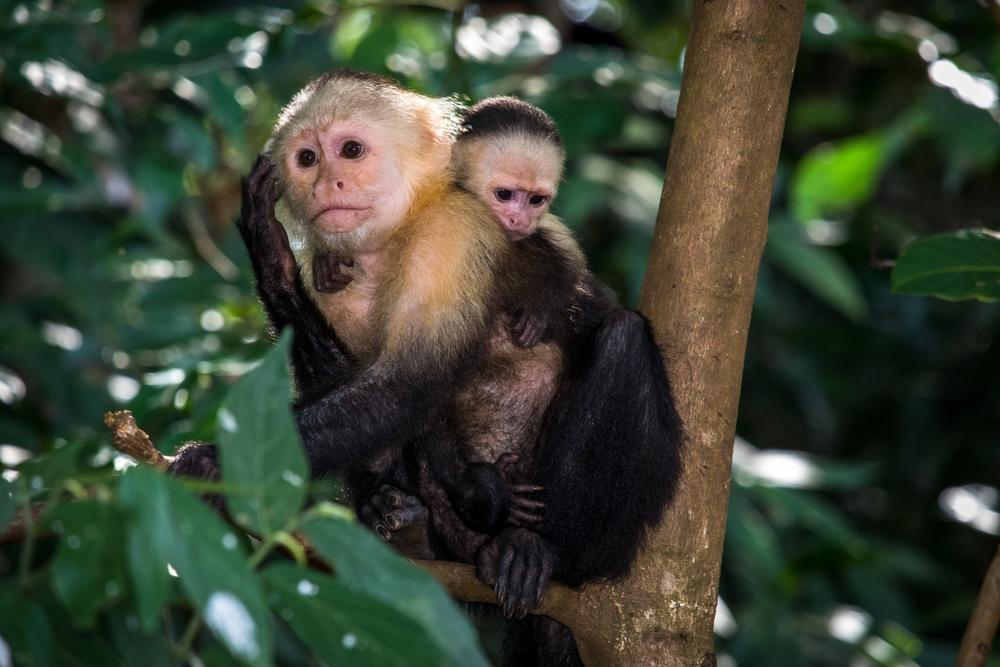
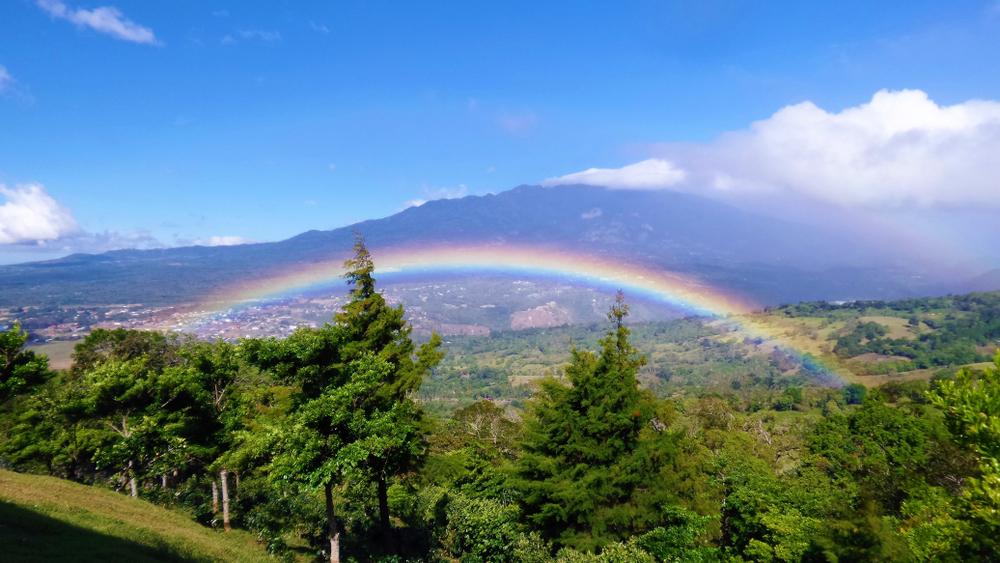
Climb a Volcano
The highest point in Panama is the 11,500-foot Barú Volcano, which has not seen an eruption for at least 400 years. The climate changes as you climb, and this has turned the peak into a bioclimatic island when compared to the surrounding region. This is Volcán Barú National Park, a rich rainforest with a high canopy and thick foliage hosting orchids and other exotic plants. Bamboo grows in some patches, while the further up you go, cloud forest emerges—birders will love this. The Quetzal Trail is the most popular for hikers. Whitewater rafting on rivers racing down the mountain is also possible.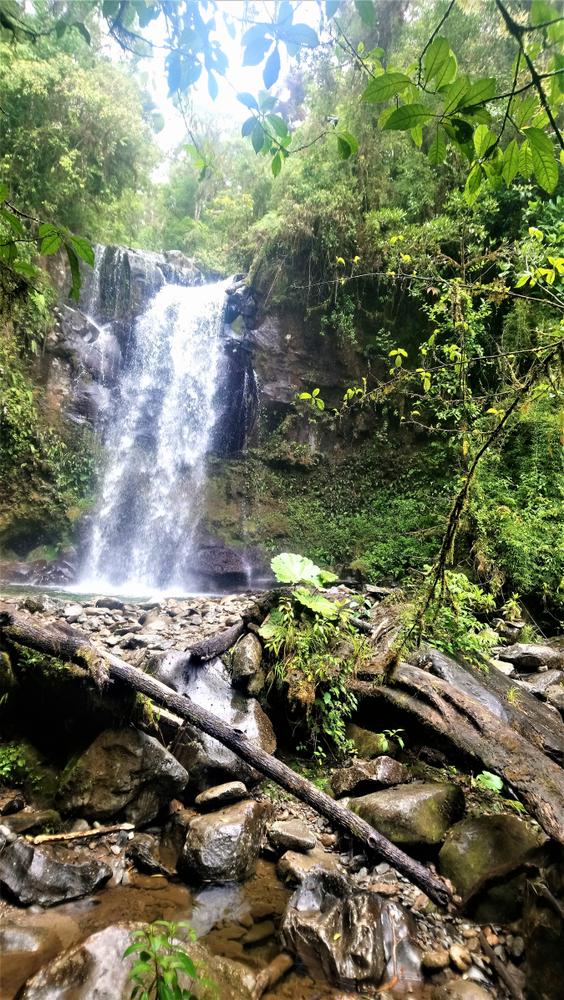
The Darién
The Pan-American Highway runs the length of North and South America, but the one stretch that remains incomplete is at the eastern end of Panama: the Darién Gap. During my tenure there, this wild tangle of wilderness was mostly a no-go zone, especially the areas closer to Colombia, and some of it still is. Today, however, you can join tours into some areas of the Darién National Park for birdwatching and other wildlife spotting.